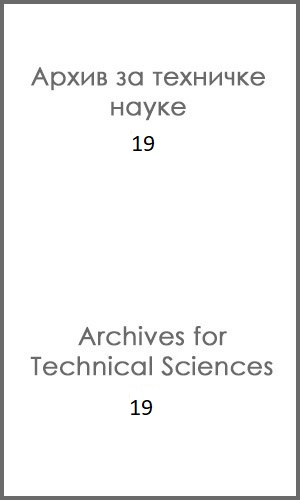HUMUS COMPOSITION OF RENDZINA SOILS IN DIFFERENT ENVIRONMENTAL CONDITIONS OF SERBIA
DOI:
https://doi.org/10.7251/afts.2018.1019.057RAbstract
This paper shows organic matter composition (humic acids, fulvic acids, humins) and fractions of
humic (free and bounded with mobile R2O3 (HA1), bounded with Ca (HA2), and bounded with clay and
stabile R2O3 (HA3)), and fulvo acids (free and bounded with mobile R2O3), bounded with HA1,
bounded with HA2, and bounded with HA3), in Rendzina soils on different altitudes (151-1210 m),
landforms (hilltop, flat or very gentle slope; foot slope, very gentle slope, south, southwest; slope 45-
80º, south, southeast, southwest; slope 20-60º, north, northwest, northeast), and regions (Srem, west,
central, east and southeast Serbia).
Differences in temperature and water regimes of Rendzinas on various altitudes are not so
prominent to have a significant impact on organic matter composition. Landform has more significant
impact, with average higher content of HA on slopes, and FA on flat positions, which could be
attributed to reduced wetting of soils on slopes. Exposition had no significant impact on humus
composition. Differences in soil moisture among regions are more pronounced than differences in soil
temperature.
Differences in soil organic matter composition among Rendzinas from various regions are
small and do not follow pattern of humidity change. Still, organic matter of Rendzina from most
humid western region has the least favourable HA/FA ratio, while at the driest east and southeast
regions content of humin is the greatest.

